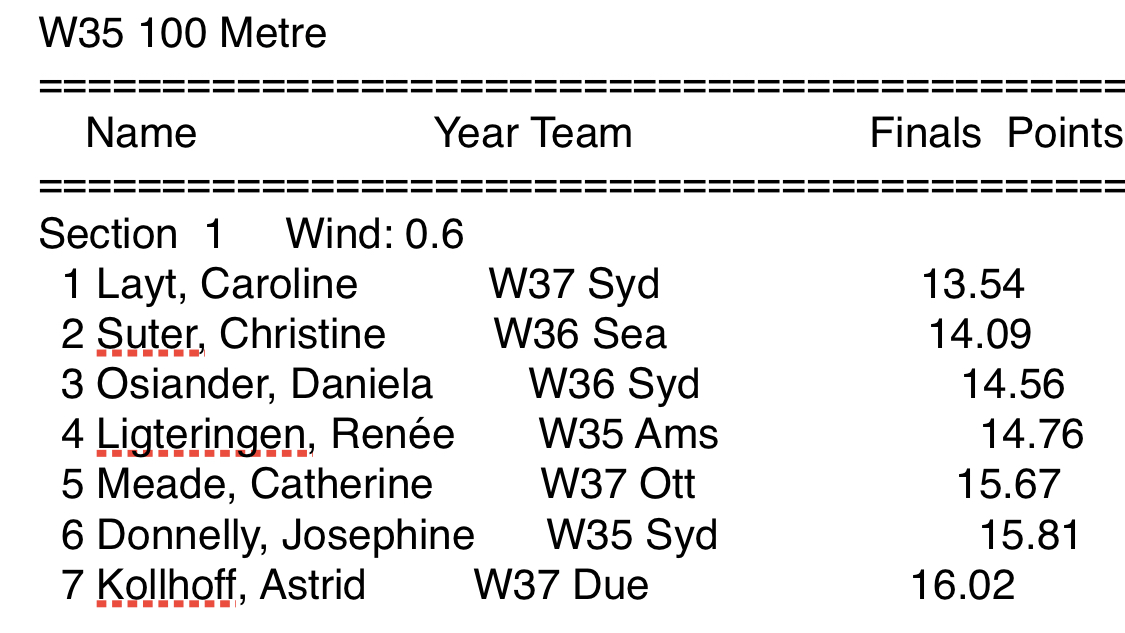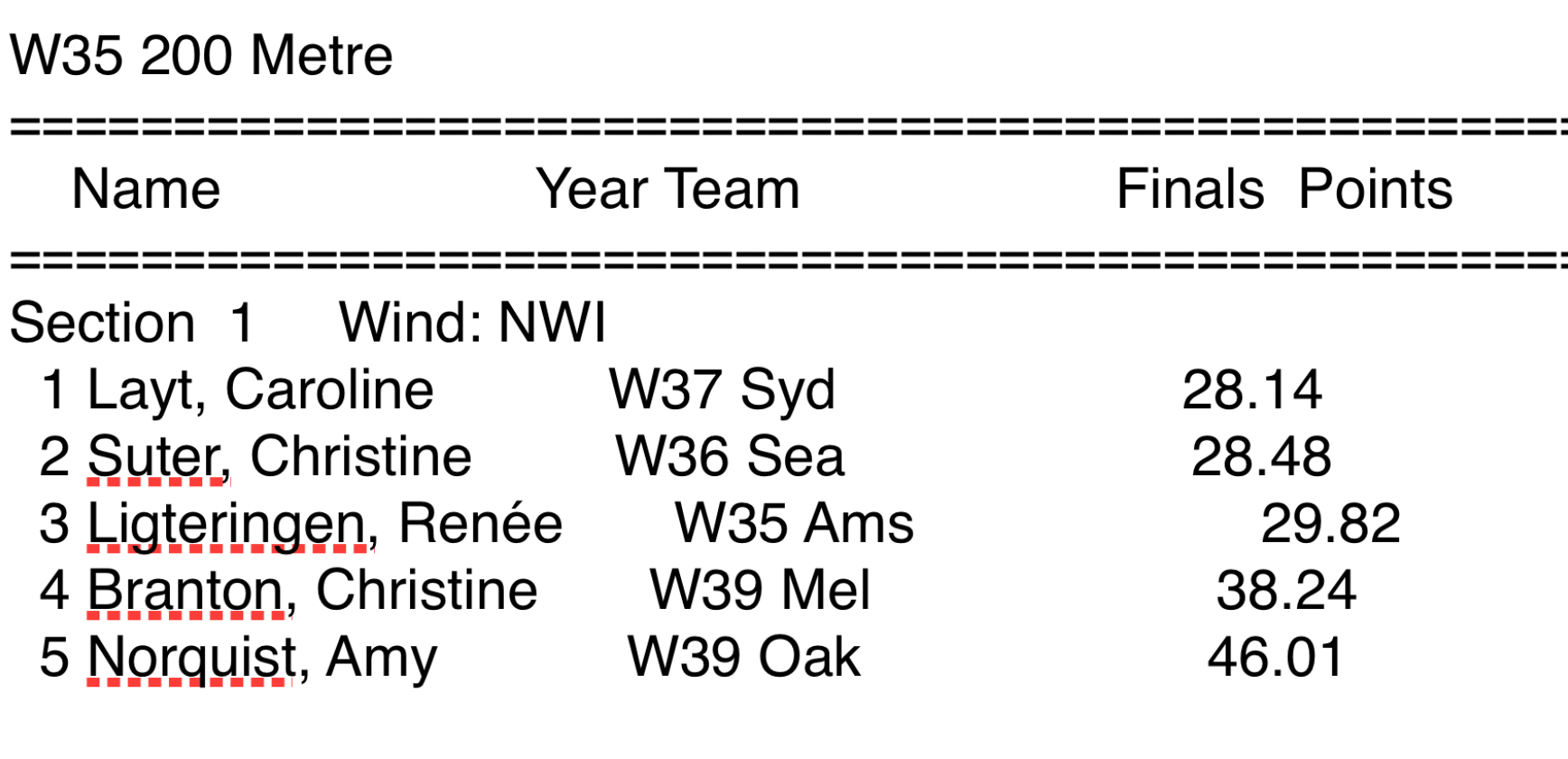As World Rugby’s working group, which had many members belonging to an anti-trans group “Fair Play For Women”, ascertains transgender women’s rights to play rugby through studies which are questionable science and yet, we, the common people outside the working group, are yet to seen those hidden studies used.
My sources confirmed one study was used and highlighted by Kirsti Miller’s tweet, and this study didn’t even reference transgender sports women (women’s rugby players lived experiences were controversially referred to as anecdotal by World Rugby’s working group) among its studied 11 participants.

I’m a former trans woman rugby club and representative player/sprinter and yet my informative lived rugby experience was never sought by the rugby powers that be, so I’ve documented my own personal best times from when I was a 13-year-old child and long before I began my feminisation transition at age 30 to when I finished competing as a female Masters sprinter aged-50.

In this article I’d like to focus on my sprinting background.
[Video : “Blast from the Past” of our winning SJC team at GPS Athletics in 1983, 12 years before I transitioned]
My PB as a male sprinter over 100 metres – 11.28 (hand timed and included below) and this was over 2 seconds faster than my PB as a female sprinter 13.54 at the 2002 Sydney Gay Games (electronic-which is included directly below).
The further the distance, the slower my pre-transition times comparatively became, ie 200 metres 23.70 (ht) as compared to 28.14 (e) and 400 metres 50.80 (ht) to 68.00 (e) post-transition.
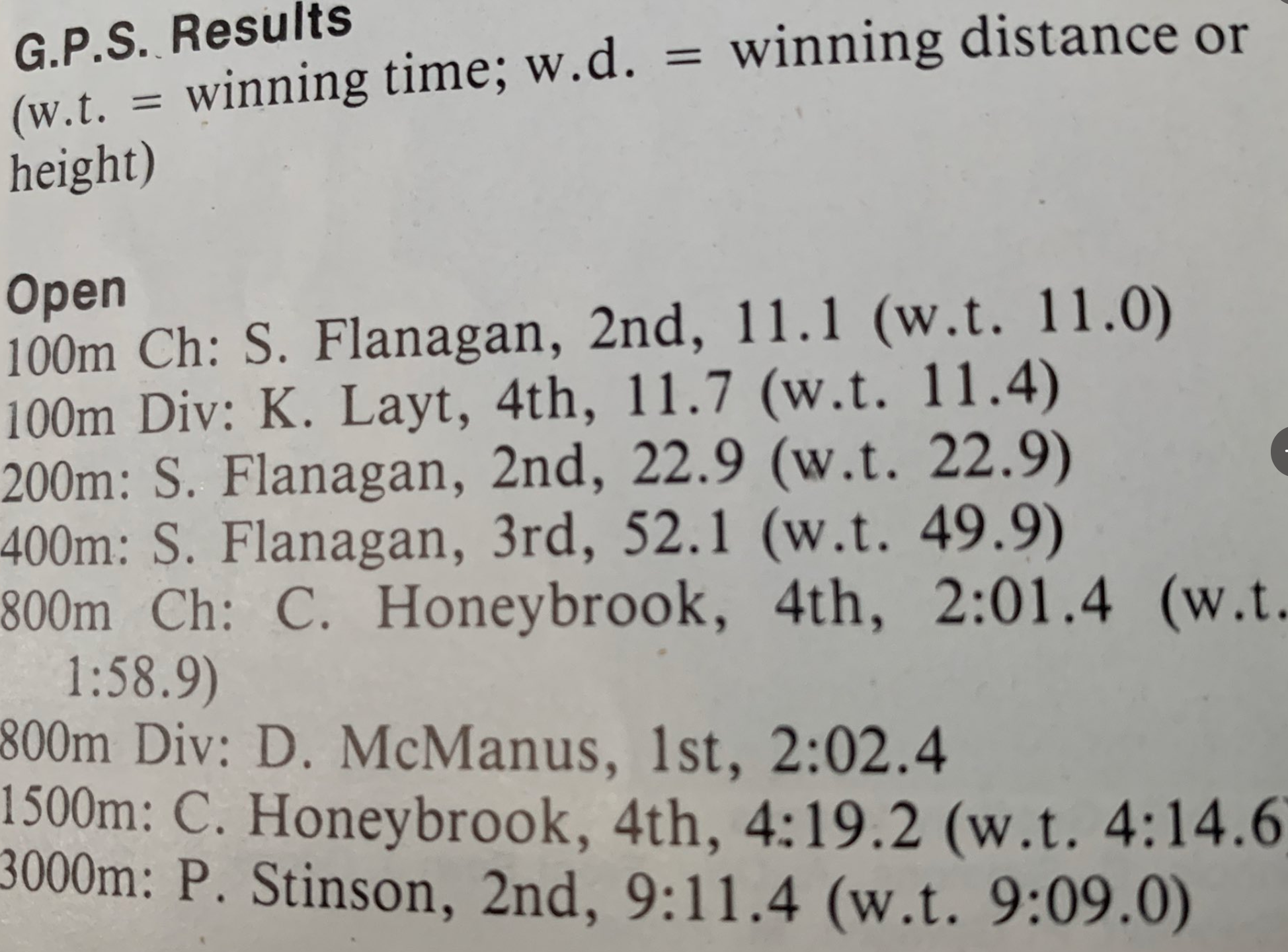
(Photos above: Athletics NSW 100 metre W35 podium – Gold Jackie Bezuidenhout 13.59, Silver Julianne Miles-Brown 13.78, Bronze Caroline Layt 13.96 … I was beaten fair and square by two cis-gender women athletes and on the left I was 14 years 10 months and was running similar times to my female self at 37. I’d only gone through about 9 months of puberty at that time.)
My 100 metre PB as a female athlete is very similar to my PB at 14 years 10 months and at that age I was very early into the male puberty I endured as a young teenager and the photos directly below show my physical state when these times were recorded.

This indicated I had lost endurance rather quickly after my transition and Gender Affirmation Surgery.
In terms of strength I lost almost a third of my strength bench pressing 1 repetition max – 115kgs as a male athlete (photos directly below when I was bench pressing heavy weights for my size) as compared to the 70 kgs I lifted as a female athlete.
Years later when I was at the other end of the testosterone scale (0.4 nmols) I had to give up my sprinting after the 2016 season, as I was no longer competitive.
My decline of fast twitch fibre and athletic prowess was swift and at age 46 my speed had declined rather quickly and I was running well over 15 seconds for the 100 metres.
Within two years (2010 – W44 years to 2012 – W46 years) I went from 14.20 to 15.74 seconds over 100 metres at the Australian Masters Athletics championships 100 metre heats in Melbourne, which is a far cry from my 13.73 equal-4th placing recorded at the same event only eight years earlier.
By 2012 there were early signs my training as a sprinter was making me unwell due to a lack of testosterone in my body.
I tried to make a comeback to sprinting in 2018 but it made me feel too unwell.
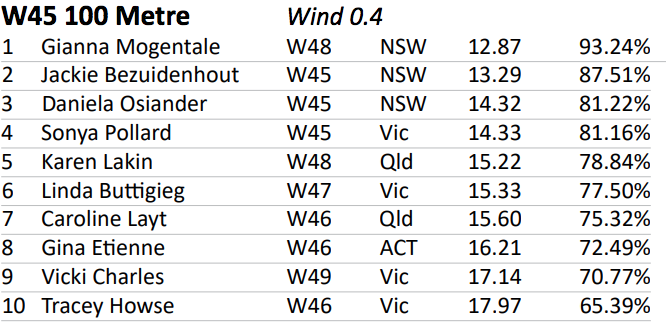
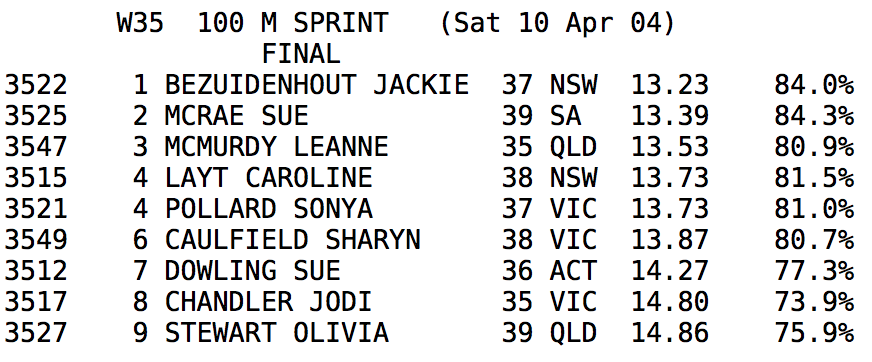
So I now play technical sports such as cricket, throwing and have recently taken up lawn bowls.
I’ve been androgen (testosterone) deficient for some time now and I have to take andro-femme cream to have any semblance of normal health, as it brings my testosterone levels up to a reasonable female level (4 nanomols) from an unacceptable level (0.4 nanomols).


A video above of my playing rugby union and rugby league (from a young age through adulthood) I produced for International Gay Rugby on my Youtube channel.
Another thing occurred around this time and my endocrinologist Dr Jon Hayes who primarily cared for trans patients, had to endure his own personal witch-hunt by the NSW Medical Board and along with hundreds of his trans patients, I had to find a new doctor.
It just indicates how trans people are on the nose when it comes to the “top end” of society and the only we can get ahead is to pretend to be cisgender-heteronormative.
And even cis-het people can be persecuted if they “overstep their boundaries” in caring for us.
(Listed below are my PB times when I ran as a sprinter pre and post my first puberty. It also covers my times as a female masters track and field athlete after my 2nd feminising puberty (which btw corrected the masculinising effects of my first unwanted puberty.)
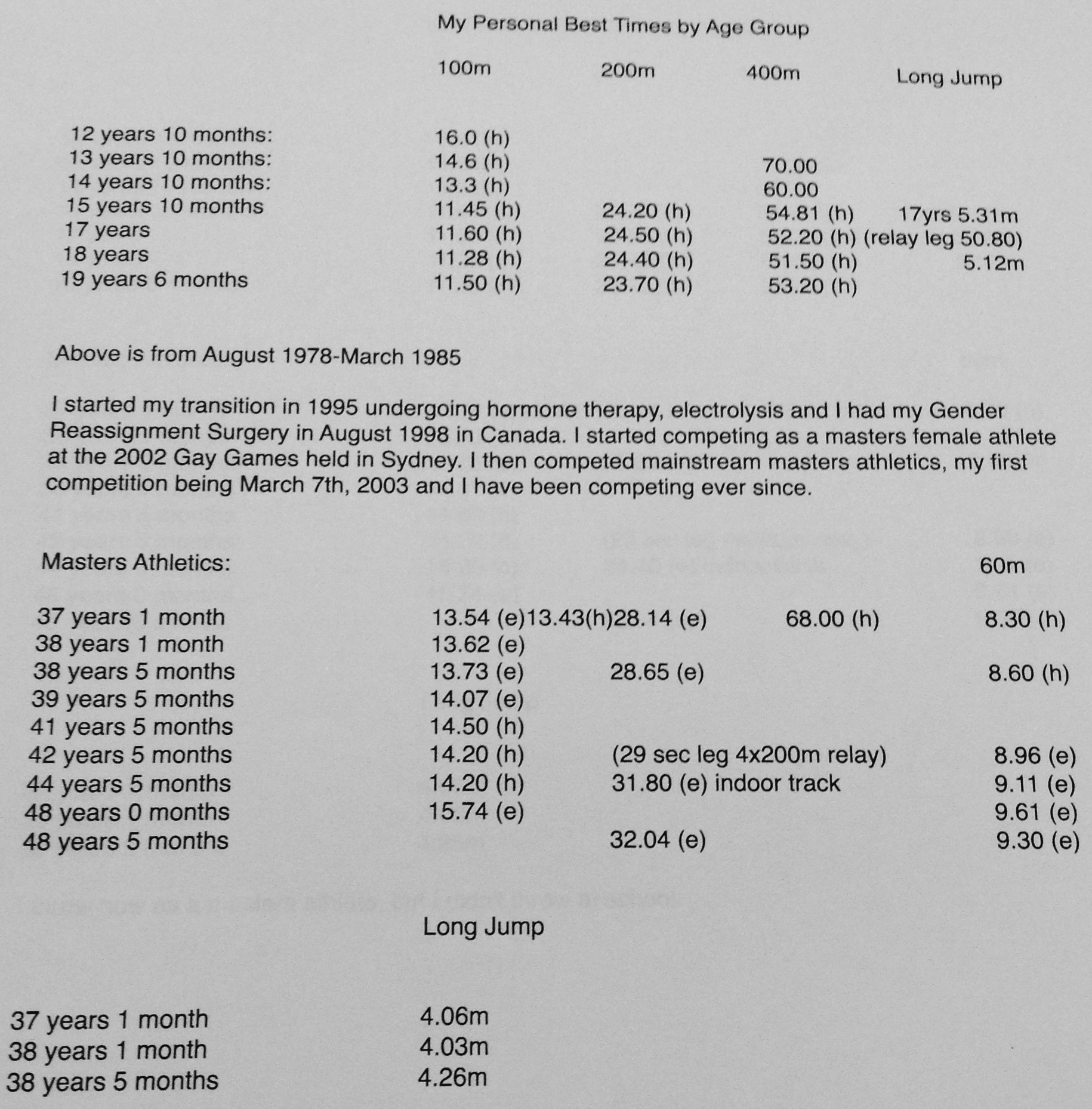
I’m not the only athlete whose times have slowly disintegrated over a period of time after a feminising transition, as can be seen from Kirsti Miller’s tweet below.
Ms Miller and I were personally educated by fellow Transgender advocate and sportswoman Kristen Worley about our own health needs, including an androgen deficient body which has no receptors to naturally produce testosterone.
She’d already been through it and was a perfect educator.
Ms Worley famously took the IOC to court and won.
Both Ms Miller and Ms Worley require the same medication I use and the aforementioned Ms Miller now has osteoporosis which can be seen from the photos below.
On the left an unhealthy Ms Miller around her partner Nikki Phillips’ Aussie Rules playing group and (pic-right) when she was healthy playing the game in 2013.
Recently transitioned Juniper Eastwood has already noticed differences to her strength, power, endurance and energy levels.
Her coach in University of Montana’s Head Track and Field coach Brian Schweyen said, “June just loves competing and running,”
“There’s no set standard on where she should be because there’s not enough studies, but it’s pretty clear she is nowhere near where Jonathan was.”
And this so proves after taking feminising hormones performance does decrease over a period of time and June can expect to lose more of the above over the coming years.
I do agree there should be a case-by-case basis for allowing transgender women to compete in sport, as I indicated in my Channel 9 interview.

As I have stated many times there shouldn’t be a blanket ban as World Rugby’s working group suggests is required, but I agree transgender women need to be held to standards playing a contact sport and these include the IOC guidelines, ie feminising hormonal intervention, but Gender Affirmation Surgery shouldn’t be the basis, although I believe the nanomol allowance level should be higher than the 5 nanomols it is at present.
Around 8 to 10 nanomols is a reasonable level for transgender sports women to compete successfully in sport.
I do, however, believe in fairness for all people and playing sport is a universal human right and it’d be nice if some people, who I believe have far too much say in the development of sports policy, would disassociate their own bias and prejudice with the process when making these policy decisions.
And Ross Tucker’s tweet below indicates how little he misses the point and doesn’t understands transgender women by calling us “males”.
He’s prominent among the working group – front and centre alongside another anti-trans group “Fair Play For Women – who also call trans women “biological males”.
Not at all. So what’s the hypothesis here? That by 2056 science will have shown that males are in fact not superior at sport? I’d take that bet for sure. In time, evidence may emerge to show advantages are totally removed. Right now that doesn’t exist, but safety risks do
— Ross Tucker (@Scienceofsport) July 28, 2020
On any given day you can find a 50 kilo difference between the biggest, strongest athlete on a rugby pitch and the smallest, most skilled athlete whether it’s women’s rugby or men’s rugby. Should we ban scrum halves? Or should we ban the big folk?
— RugbySmash (@smash_rugby) July 28, 2020
I believe Tucker’s close-minded mindset will never change and I hope this lived-experience of mine and others as transgender athletes will help people understand we’re not men in dresses like the stereotypes portray and we can be involved in sporting teams like the many I’ve been involved with since I began playing women’s sport in 2002.
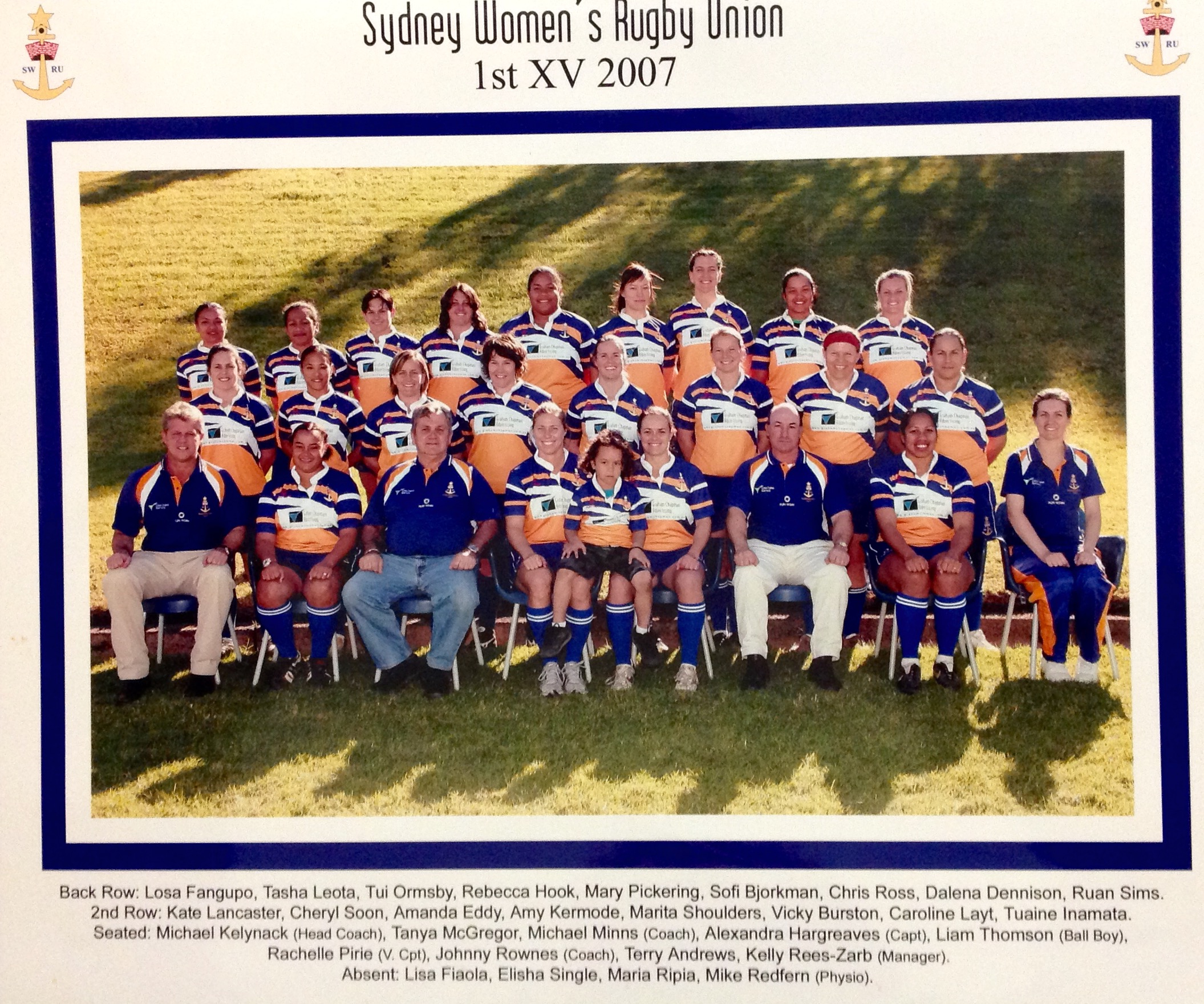
Further, I’d like to share a post by a member of the working group in Trans rugby man and advocate Verity Smith, who wasn’t happy with the going-ons in the room.

Mr Smith, who played elite super league level women’s rugby prior to his transition, had his own running battles with the rugby establishment while playing the sport he loves.
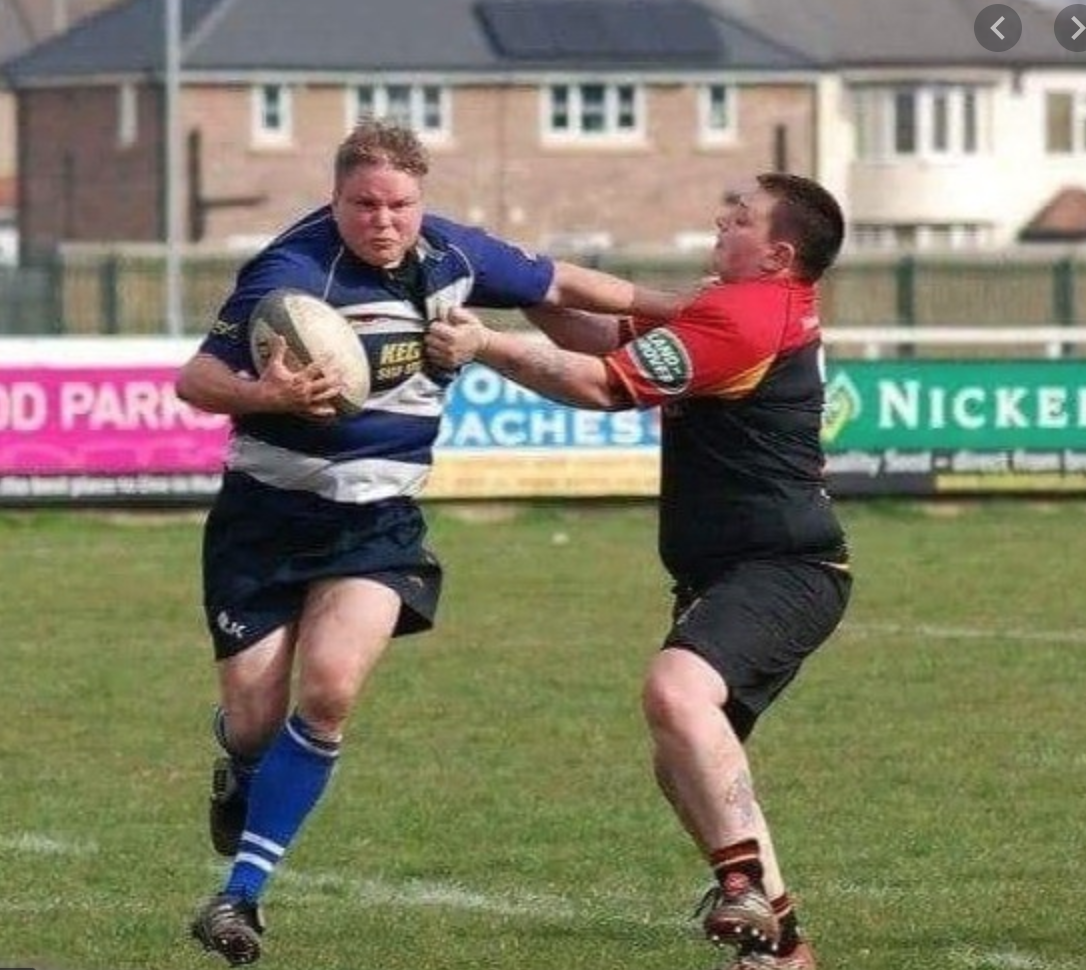

It took 18 months for the governing body in Britain to investigate the severe bullying he’d endured.
Now we all know how masculine a trans rugby man looks above, I’d also like to show them what trans women athletes look like, of which according to Smith, many of the people in the Working Group had no idea about.
We don’t look like the men these anti-trans groups say we are and after a feminising transition which includes hormone therapy (which takes our levels duplicating a false pregnancy), electrolysis, anti-androgens and for some of us Gender Affirmation Surgery we are anything but male.
And hopefully people who have never knowingly met a trans person, will make their own mind up after reading this article.


